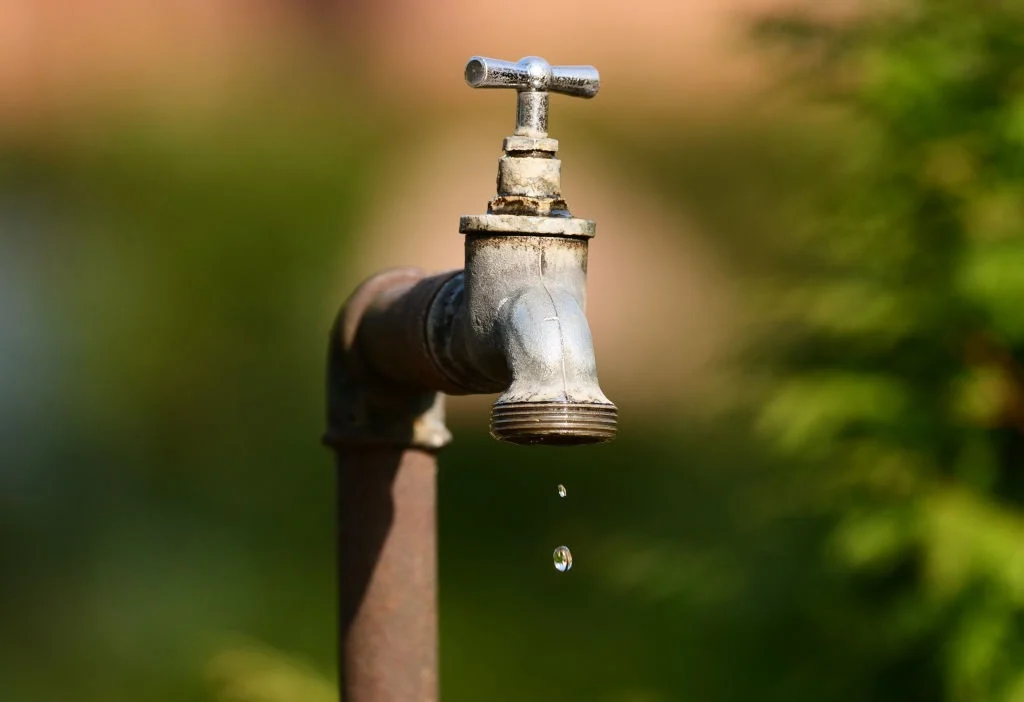The recent rand water shutdown, though disruptive in the short term, presents an opportunity to make critical improvements to South Africa’s water supply infrastructure. As the nation grapples with ongoing service delivery challenges and aging utilities, this scheduled interruption is a strategic move rather than a setback. While many households and businesses may feel the immediate inconvenience, the long-term vision behind the shutdown is rooted in progress. By addressing maintenance, upgrading systems, and ensuring reliability, the Rand Water shutdown stands as a calculated step toward more sustainable water management.
With service interruptions impacting parts of Gauteng, including Johannesburg and Tshwane, the shutdown has captured national attention. Yet amid public concern, it’s important to spotlight the benefits this action could bring to millions of South Africans. When viewed through the lens of long-term development, the shutdown becomes more than just a momentary pause in service. It becomes a pivotal turning point.
1. Infrastructure Upgrades for Long-Term Reliability
One of the most significant advantages expected from the Rand Water shutdown is the upgrade and maintenance of vital infrastructure. Many components of the water distribution system across Gauteng and surrounding regions are outdated, having been in operation for decades without substantial overhauls. This situation increases the risk of major failures, including pipeline bursts and supply disruptions.
The planned maintenance during the Rand Water shutdown includes work on pump stations, valves, and transmission pipelines. These upgrades are designed not only to improve immediate operational efficiency but also to prepare the infrastructure for increasing demand due to urban expansion and population growth. Rand Water’s long-term infrastructure strategy focuses on reliability, resilience, and reducing unplanned outages.
By investing in preventative maintenance now, authorities are aiming to avoid emergency breakdowns that can have severe social and economic consequences. Proactive intervention is more cost-effective and less disruptive than reactive crisis management. Once these systems are reinforced, consumers can expect fewer interruptions, more consistent water pressure, and better overall service.
2. Enhanced Water Quality and Environmental Compliance
Another anticipated positive outcome of the Rand Water shutdown is the opportunity to enhance water quality standards. Aging infrastructure often contributes to water contamination risks, particularly when pipes corrode or sediment builds up in neglected systems. Scheduled shutdowns create the necessary window for cleaning and repairing these systems, ensuring that water meets regulatory standards and remains safe for consumption.
Additionally, environmental compliance is a key motivator behind the temporary service halt. South Africa’s water supply system must align with updated environmental guidelines to minimize ecological harm. Maintenance activities include the replacement of outdated parts with more eco-friendly components, leak detection systems, and efficient flow monitoring technologies. These changes contribute to reducing water wastage, a critical goal in a country where water scarcity is a pressing issue.
During the Rand Water shutdown, teams can also conduct environmental impact assessments and implement corrective measures that would be difficult to carry out during normal operations. This careful attention to water quality and environmental responsibility demonstrates a forward-thinking approach to utility management, aligned with global sustainability goals.
3. Strengthening of Intergovernmental Collaboration
One of the more understated benefits of the Rand Water shutdown is the improvement in collaboration between municipalities, utility providers, and government departments. In preparation for the shutdown, local governments, particularly in affected metros like Johannesburg and Ekurhuleni, coordinated with Rand Water to inform the public, implement contingency plans, and manage water reserves effectively.
This level of coordination strengthens institutional relationships and sets a precedent for future projects. When various sectors of government work in harmony, the result is better communication, streamlined decision-making, and more efficient service delivery. Moreover, the process has led to increased public transparency, with authorities providing regular updates and expected timelines.
Strengthening intergovernmental collaboration also paves the way for joint investments in infrastructure and shared strategies for water management. As climate change and urban development continue to place pressure on water resources, this type of unified action becomes not just beneficial but essential. The Rand Water shutdown has thus catalyzed a model for governance that prioritizes collective responsibility and proactive planning.
Turning Disruption into Opportunity
Though any service interruption brings inconvenience, the Rand Water shutdown should not be viewed solely as a setback. It is a strategic move aimed at solving systemic issues within South Africa’s water distribution networks. The benefits—ranging from improved infrastructure and water quality to enhanced cooperation between government entities—will likely outweigh the temporary disruptions if implementation is successful.
For residents and business owners, it’s crucial to recognize the broader context. This is a necessary intervention to avoid a potential water crisis down the line. By taking action now, Rand Water and its partners are investing in a future where clean, reliable water is available to all citizens without interruption or compromise.
Public patience and awareness during this period are vital. The more informed and prepared communities are, the more smoothly the transition will occur. Authorities have encouraged households to conserve water, store supplies where possible, and remain engaged with local communication channels for updates.
Conclusion: A Step Toward a Resilient Future
The Rand Water shutdown is not merely about fixing what’s broken; it’s about building a foundation for a more resilient, efficient, and equitable water supply system. While short-term impacts may be frustrating, the long-term vision carries significant promise. Improved infrastructure, higher water quality, and a more unified governmental approach are all key outcomes that will benefit the population well into the future.
For South Africa to thrive in an era marked by climate unpredictability and urban expansion, strategic moves like this shutdown are essential. Instead of viewing the shutdown as an inconvenience, it should be recognized as a critical investment in national progress. By supporting such initiatives, both government and society contribute to a more sustainable tomorrow.
Don’t miss out on what matters. Visit the main page today.
Frequently Asked Questions
What is the purpose of the Rand Water shutdown?
The shutdown is intended to allow for essential maintenance and upgrades to aging infrastructure, ensuring long-term reliability and better service delivery.
How long will the Rand Water shutdown last?
The duration may vary depending on the complexity of the maintenance tasks, but most scheduled shutdowns are communicated in advance and typically last between 24 to 72 hours.
Will the Rand Water shutdown affect the quality of my water?
During the shutdown, water supply may be limited, but once systems are restored, water quality is expected to improve due to pipe cleaning, replacements, and system recalibrations.











Leave a Reply